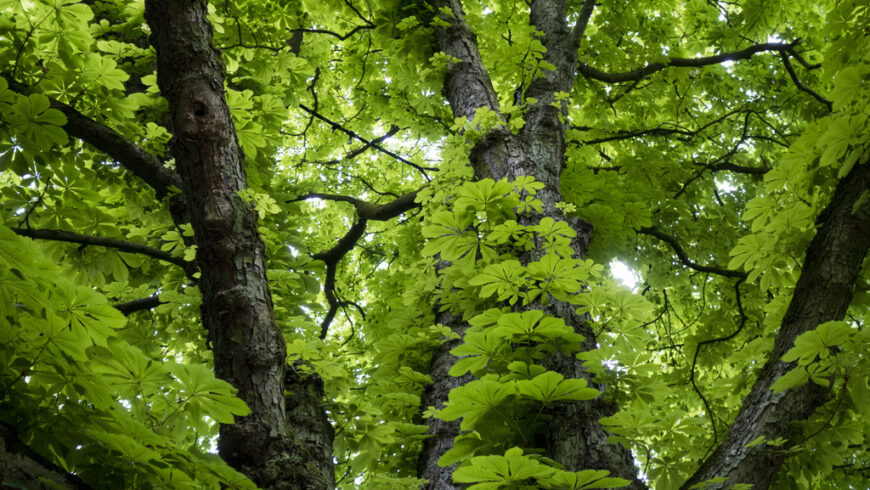We know, forests are one of man’s main allies to prevent global warming. Coming to cover 31% of the Earth’s land surface, the woods constitute the habitat for 75% of biodiversity.
The role of forests is therefore fundamental to allow the balanced survival of the various animal and plant species on earth. At the same time, these green lungs store CO2 and are therefore an important weapon to combat climate change.
But what is the state of health of the woods? Will forests really be able to make an impact in the fight against global warming? Find out by continuing to read this article.
Forests and Climate
Forests and climate are linked: forest loss and degradation are both a cause and an effect of climate change. On the one hand, forests help to mitigate climate change. They act by subtracting carbon dioxide from the atmosphere and transforming it, through photosynthesis, into carbon. Carbon is then stored in the form of wood and vegetation. On the other hand, the ongoing climate change is rapidly damaging forests. Sectors such as agriculture and livestock farming account for about a quarter of global greenhouse gas emissions.

A Small Part Of The Solution
According to some studies, forests are in trouble due to fires, droughts, and the many problems created by global warming. For this reason, forests alone cannot stop the powerful climate change taking place. According to the research published by the biologist Francesco Rovero, in the last 30 years the CO2 absorption capacity of the Amazon and African rainforests has decreased by more than 30%.
It can therefore be said that forests are only the ‘tip of the iceberg‘ of a much wider process. Without them, the fight against global warming would not be feasible, but relying on them alone is not enough.

The False Myth Of Afforestation
The zeroing of global CO2 emissions into the atmosphere by 2050, set in global and European targets, could require a reforestation plan of at least 1,6 billion hectares. That area would be 5 times larger than India and greater than the extent of all agricultural land on the planet.
‘It is not enough!‘ – is what is being denounced by environmental associations such as Oxfam, which targets programs that involve the planting of trees as compensation for pollution. ‘It’s an unrealistic and dangerous plan, based on hardly measurable commitments by governments and companies: if the approach remains the current one, the intensive use of land for compensation purposes by the big polluters will lead to an increase in hunger and inequalities in the world ‘.
A small country like Switzerland would need the entire island of Puerto Rico to plant the necessary number of trees to reach the ‘zero emissions target. A nation like Colombia would have to reforest a million hectares by 2030, while deforestation rates continue to increase.
Planting trees in poor countries is not a sustainable solution, because it forces the local communities to reduce the cultivated fields, and these small farmers and indigenous people in the poorest countries are already brought to their knees by increasingly extreme and unpredictable climatic events.
For this reason, it is essential to focus efforts on the effective reduction of greenhouse gas emissions in a short time, as well as on the protection of the forests that are in their own territories.

Too Big A Challenge
Forests play a crucial role in the global carbon cycle and in the mitigation of global warming, as well as in protecting soil from erosion and supporting biodiversity. Maintaining these functions requires a certain level of resilience, understood as the ability to withstand and recover from environmental disturbances.
However, forest resilience has declined in recent years and will continue to decline. This fragility of the planet’s green lungs could lead to the collapse of the entire ecosystem.
Conclusions
To cope with the climate emergency it will not be enough to plant trees, but radical changes in our lifestyle will be necessary. It will be necessary to reduce waste, make more use of renewable energies and make transport systems more efficient and environmentally friendly. We are all called to do something soon!




